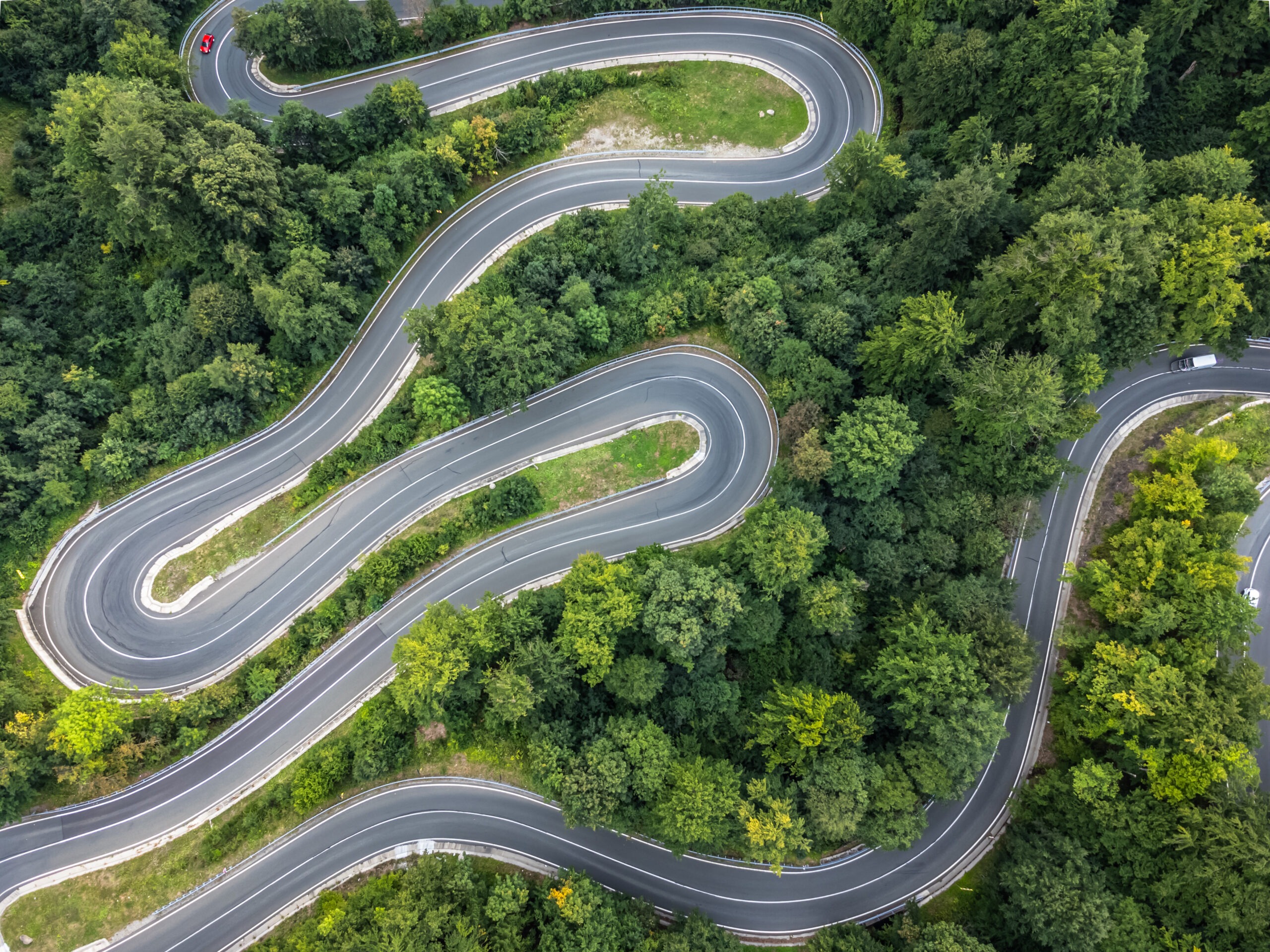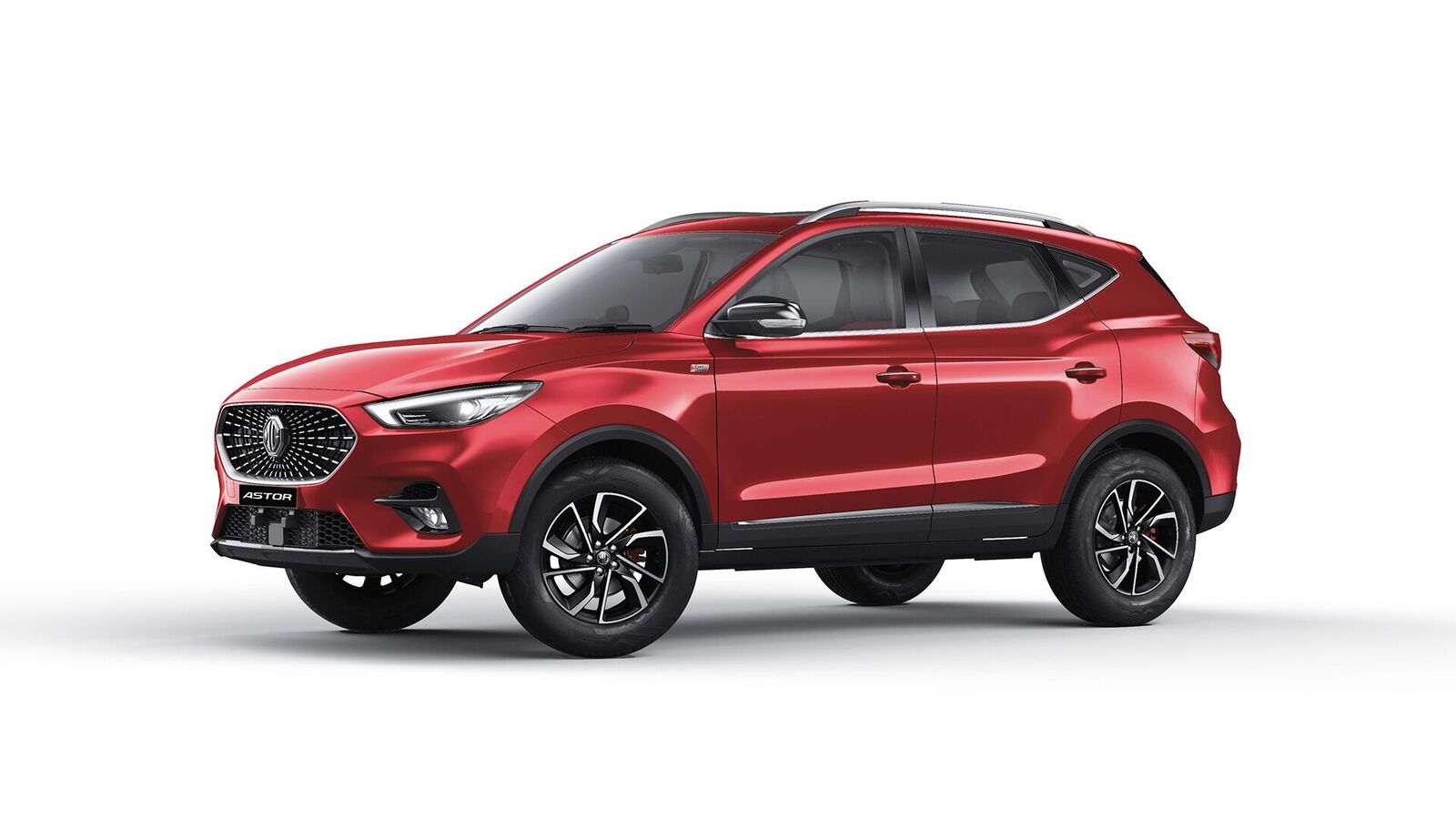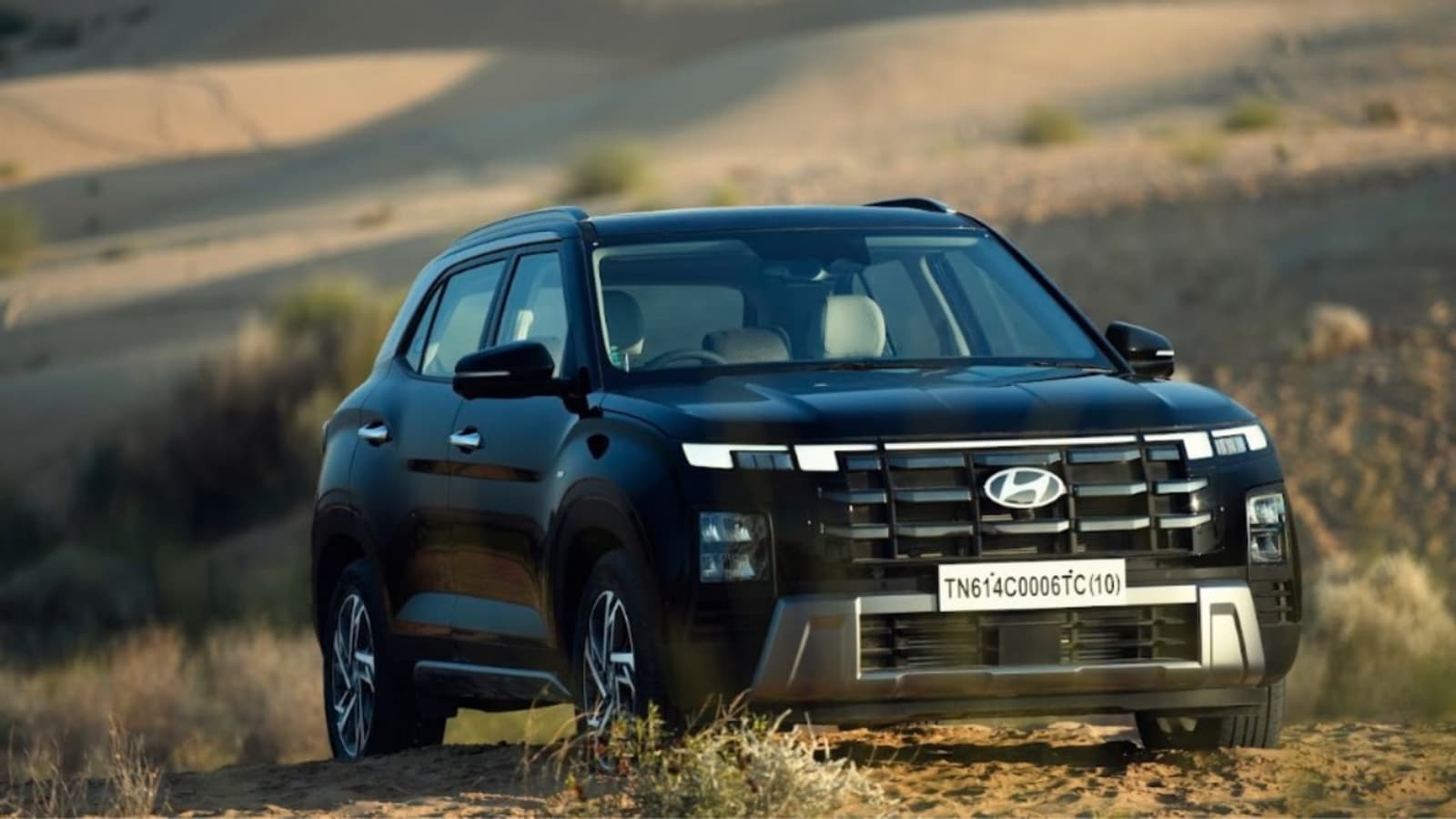Overview
PLUG-IN hybrid electric vehicles, or PHEVs, are a sensible stepping stone for buyers who want to make the move into an electric vehicle, but for whom range anxiety and access to charging facilities are a concern.
It is therefore pleasing to note several new entrants on the market with a PHEV option – and sensibly priced ones at that.
One such entrant is the BYD Sealion 6 (from $48,990) – a rival to the likes of the Chery Tiggo 7 Super Hybrid (from $39,990), GWM Haval H6 GT (from $55,990), Jaecoo J7 (from $47,990), MG HS (from $49,690), and Mitsubishi Outlander (from $57,290) to name a few.
The podgy 1940kg (kerb) five-seat medium segment SUV might be fussily styled, but it is generously equipped, with ample system power of 160kW/300Nm courtesy of a naturally aspirated 1.5-litre four-cylinder petrol engine and permanent magnet electric motor combination.
Drive is to the front wheels in the case of the entry grade Essential (as tested), with all-wheel drive available higher in the model walk. The battery pack offers 18.3kWh of usable power, vehicle-to-load (V2L) capability, and may be charged via an 18.0kW DC or 6.6kW AC setup.
BYD quotes an all-electric driving range of 92km, a combined cycle fuel consumption figure of 1.1 litres per 100km, and a combined driving range of 1092km – all measured against the more lenient NEDC regime. A 0-100km/h time of 8.5 seconds is listed.
The model rides on a Macpherson strut front and multi-link rear arrangement and is arrested by disc brakes at each corner.
Standard equipment offerings in the BYD Sealion 6 Essential include 19-inch alloy wheels, dusk-sensing LED lighting front and rear, keyless entry and ignition, dual-zone climate control, rear privacy glass, faux leather upholstery and steering wheel rim, rain-sensing wipers, a panoramic sunroof, six-way powered driver seat adjustment, and four-way powered passenger seat adjustment.
A 12.8-inch digital instrument cluster is accompanied by a 15.6-inch rotating infotainment array which plays host to AM/FM/DAB+ radio reception, Bluetooth telephony, Apple CarPlay and Android Auto connectivity, and native satellite navigation. There are USB-A and USB-C charging ports in both the front and rear of the cabin.
Paint colours include Arctic White as standard, while Delan Black, Harbour Grey, and Stone Grey attract a $900 upcharge. The only interior colour scheme is the black over brown faux leather treatment shown with orange-red piping.
The cargo area is average for the segment with 425 litres behind the second row of seats, or 1440 litres with the rear seats folded flat. There is a little extra room to be found beneath the cargo area floor, but no spare wheel, which is rather unfortunate.
While it may not be forefront on every buyer’s mind, it’s worth noting that the BYD Sealion 6 Essential offers just 410kg of passenger and payload capacity (2350kg Gross Vehicle Mass) – so be very careful that you, your passengers, and their shackles do not push that limit into insurance-voiding territory.
On the safety front, we find an extensive list of active and passive equipment including seven airbags, adaptive cruise control, autonomous emergency braking, blind-spot monitoring, child presence warning, driver monitoring, front and rear cross-traffic alert, high beam assist, lane departure and keeping assistance, rear parking sensors and a reversing camera, traffic sign recognition, and both top-tether and ISOFIX child-seat anchorages.
BYD offers a six-year/150,000km vehicle warranty with eight years/160,000km coverage over the high-voltage battery. Scheduled servicing is set at 12 months or 20,000km (whichever comes first) with maintenance costs for the first five years of ownership totalling $1543.
Driving Impressions
The BYD Sealion 6 offers comfortable and quiet travel for up to five occupants, an exceptional combined driving range, a good standard of fit and finish, and a seamless transition from petrol to electric power.
While the vehicle won’t win any races, it isn’t exactly slow and is just the ticket for keeping with the cut and thrust of busy urban traffic while at the same time ensuring you won’t lose your licence.
The ride quality is very hard to fault, and though the vehicle supplied exhibited some suspension (damper) noise, we found the vehicle’s composure well suited to Melbourne’s slipshod road maintenance. While that plushness means the Sealion 6 is not the most agile of entrants, it doesn’t need to be and offers capable and entirely acceptable levels of roadholding.
The steering weighting falls to the lighter side of average while the rack itself is accurate without being overly sharp. One downfall here is that the system can tend to ‘bounce’ between lane markings when assisting itself, which fans of semi-autonomous driving may find distracting.
We found the transition between petrol and electric power to be entirely smooth, the all-electric range particularly impressive.
Our regular commute of 40km per day saw the combustion engine fire only when climbing a particularly large grade each morning, remaining in EV mode the remainder of the day. Home charging is sufficient to completely recharge the vehicle overnight.
Acceleration is otherwise smooth and progressive, the pedal relating well to changes in speed irrespective of the driveline in use. Pleasingly, the same is also true of the brake, which doesn’t fluctuate in pressure when switching between petrol and electric use.
If we were to be critical, we did find the petrol engine to be rather lacklustre on its own, the vehicle a far better performer when combining petrol and electric power together.
While we appreciate this isn’t always possible – and that it is terrific to have the support of an ICE engine for those times charging can’t be carried out – it is something you’ll need to be aware of if you’re expecting outright consistency in performance.
Staying on the less than admirable traits of the BYD Sealion 6 and it is worth noting that the calibration of the vehicle’s rain-sensing wipers is erratic – at times being fast asleep while rain is pouring down and at others taking flight in very light drizzle.
Headlight performance, too, is well behind the grade with both low- and high beam distance and spread a long way short of expectation. As someone who often travels at night in rural areas, this point alone is a dealbreaker, and something BYD needs to reevaluate as a matter of some urgency in my opinion.
But on the whole the vehicle is a far better proposition than critics of the Chinese brand might have you believe. Considering the price, the Sealion 6 offers far more pros than it does cons and is an effective and efficient family-sized offering for day-to-day use.
Given it is also far cheaper than its nearest stalwart competitor, we think its an option you need to consider if a plug-in hybrid SUV is on your shopping list. Like us, we think you just might come away impressed.




